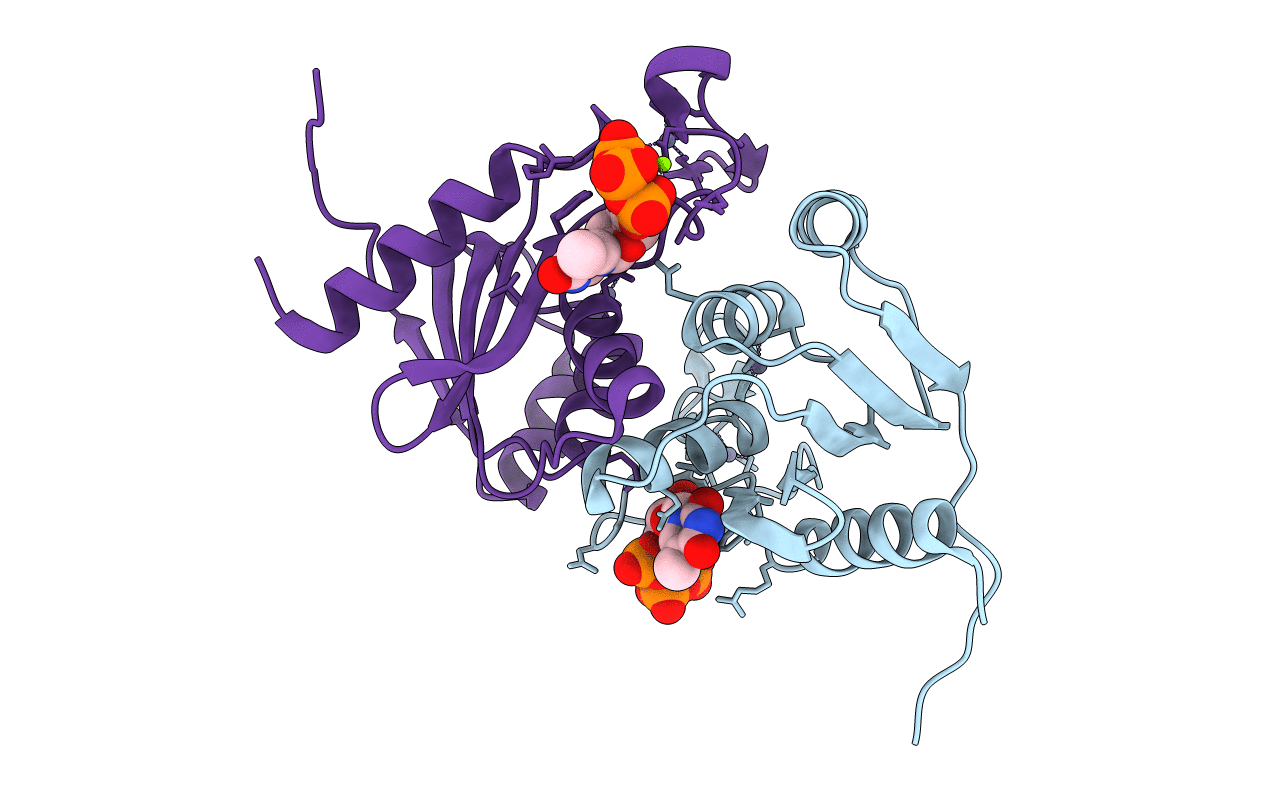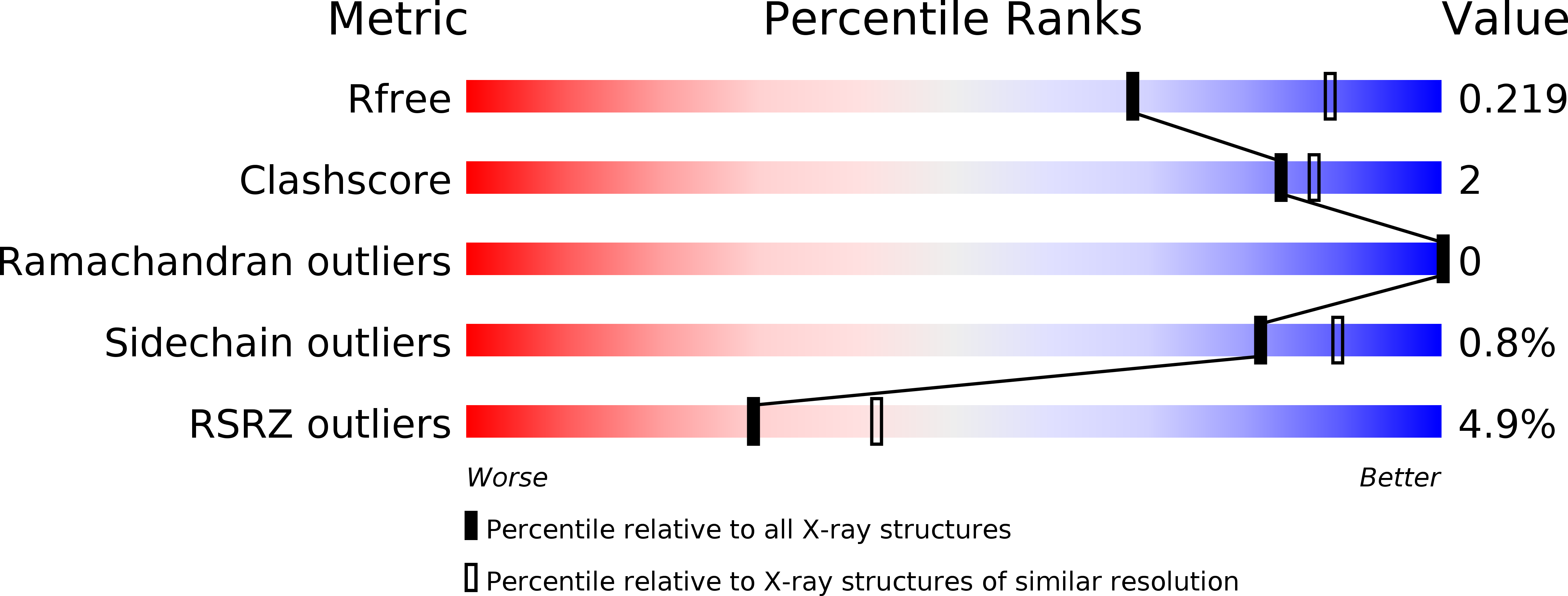
Deposition Date
2015-06-16
Release Date
2016-07-13
Last Version Date
2024-03-20
Entry Detail
PDB ID:
5C2O
Keywords:
Title:
Crystal structure of Streptococcus mutans Deoxycytidylate Deaminase complexed with dTTP
Biological Source:
Source Organism:
Streptococcus mutans (Taxon ID: 210007)
Host Organism:
Method Details:
Experimental Method:
Resolution:
2.35 Å
R-Value Free:
0.21
R-Value Work:
0.18
R-Value Observed:
0.18
Space Group:
P 21 3


